Even if the current way of life provides us with very little spare time, everyone needs to have relaxing activities to fall back on when we have a moment to ourselves. Reading is a hobby that many people like, while others are more into gardening. In contrast to other hobbies, Gardening calls for a significant commitment of time and effort, in addition to a large amount of open area.
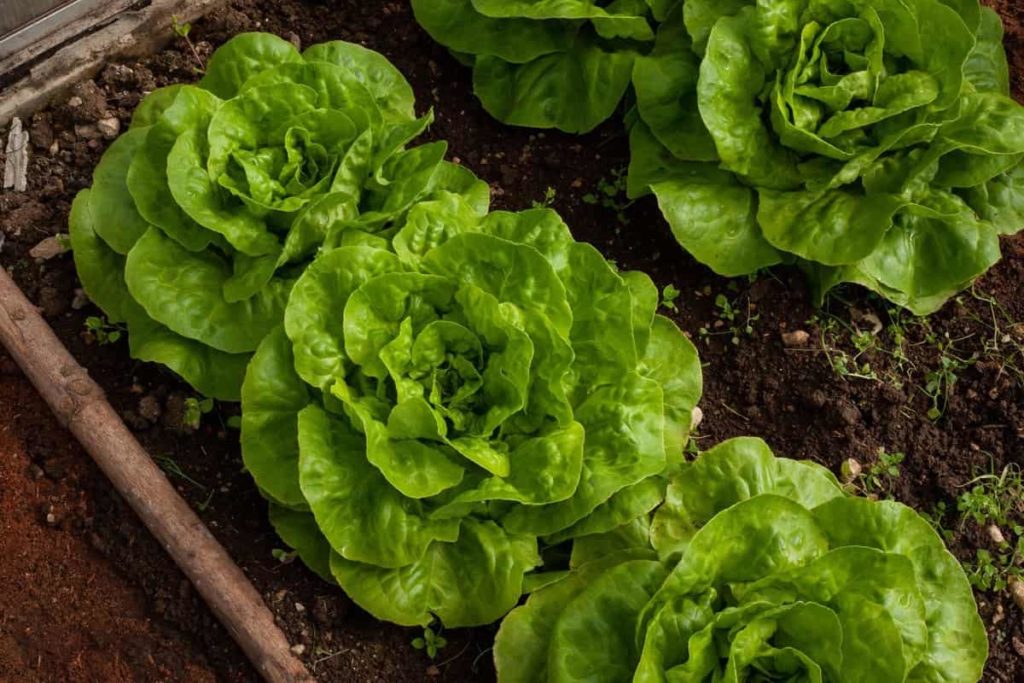
Even if the majority of us would want nothing more than to have a large garden brimming with vegetation, we cannot all have one. Living in a metropolitan area comes with several problems, one of which is the inability to ever have sufficient space, particularly for growing your ideal garden. This is where gardening on terraces can be of great assistance. You can grow anything on your patio, whether it be plants, herbs, or veggies. The possibilities are endless.
People who live in cramped urban environments would benefit from the following gardening advice for terraces and other limited places. You can even try your hand at home terrace farming on your balcony if you have enough space. Below we learn the advantages and disadvantages of terrace gardening, terrace garden plants for Mumbai, terrace garden vegetables, fruits, flowers, and herbs, terrace garden ideas, terrace garden construction, and a step-by-step guide on how to start a terrace garden from scratch in Mumbai.
Advantages of terrace gardening
A terrace garden is the simplest method to connect with nature and enjoy the fresh air. Most of us are concerned about the growing pollution in cities throughout India. Indulge in a moment of tranquility on your patio with a garden. On the weekends and evenings after work, you have complete freedom to relax for as long as you choose. By terrace gardening, a little effort on our part might significantly reduce the amount of pollution that is released into the atmosphere.
We can greatly contribute by growing gardens in our backyards or terraces. In addition, plants take in dangerous carbon dioxide, act as a filter for hazardous gases, and absorb harmful chemicals. Undoubtedly, having a garden on your terrace adds value to the home. It transforms into an environment that is conducive to hosting visitors or spending time by oneself. Terrace gardens can significantly increase the value of a home in some circumstances, provided they are designed and maintained correctly.
Having a garden on your home’s roof is one of the best ways to keep your terrace cool in the summer. It operates automatically to assist in maintaining a steady temperature and level of heat within the home. The heat that the plants take up helps to prevent the home from being too warm. The ability to collect rainwater is yet another significant benefit of terrace gardens. If the weather gods are on your side, you may equip the terrace with the necessary components to collect rainwater and use it later.
In case you missed it: How to Start a Terrace Garden from Scratch in Bangalore/Karnataka: for Vegetables, Flowers, Herbs, and Fruits
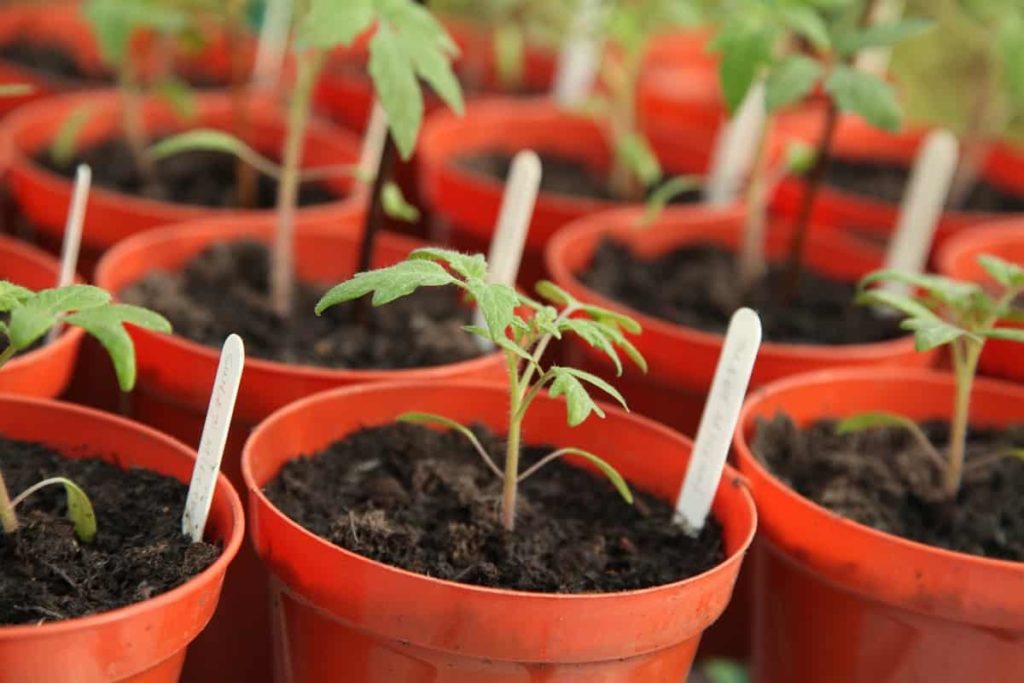
Disadvantages of terrace gardening
Rooftop gardens represent a significant drain on available water resources, which can be challenging for some buildings with high water needs for routine upkeep. Because soil is dense and heavy, most roofs need to be reinforced before gardens can be securely sowed on their surfaces. During severe winds, many plants and seedlings can be blown off rooftops. If nails, screws, or garden tools breach a roof garden’s membrane, water will seep into the soil and onto the rooftop.
This is an expensive remodeling project since, to replace the membrane, it will be necessary to remove some or all of the garden. The drainage systems needed for roof gardens are far more complex and expensive than those needed for a regular garden. Water can leak into the structure via microscopic cracks and gaps or drop down the walls. In most cases, insurance for buildings, including rooftop gardens, is more expensive than other construction types. Adding a rooftop garden to a building might pose structural and weight challenges.
Both planting pots and soil are heavy, so whether you use soil to build a planting bed on your roof or use pots instead, you are considering increasing the weight supported by the terrace’s structure. The weight of the patio slabs and the furniture adds even more strain on the terrace. Terrace gardens need a costly drainage system, but a regular garden on the ground can be drained without difficulty. A drainage system must be in place to prevent water from seeping into the garden’s structure.
A step-by-step guide on how to start a terrace garden from scratch in Mumbai
Consider the following before starting a terrace garden
Terrace capacity
Determine the maximum weight that your roof can support. The loading capacity measures the maximum weight the roof structure can support. This includes your plants and plants, furniture, equipment, guests, and any weather burdens like snow. Get in touch with a professional engineer to discuss your terrace garden and determine how much weight your terrace can support.
Sun exposure
Your garden needs 6 to 8 hours of sunshine a day, depending on the plant. Take notes on the sunshine patterns over a week to ensure that your roof does not have its sunlight blocked by other structures. You should try to keep track of the sun when it rises, through the middle of the day, and when it is set to get an exact picture of how the exposure altered over the day.
Wind exposure
In most cases, the wind is far more powerful on the rooftop of a structure than it is at ground level, particularly if the building in question has many floors. Plants exposed to excessive wind might suffer significant damage or possibly die. If you have been experiencing high winds on your roof, you may need to install structural windbreakers such as trellises.
You can gauge the strength of the wind by using a weather vane, an anemometer, or just by going up on the roof and observing the conditions for yourself. It is necessary to water your plants often since the wind might dry up the soil.
In case you missed it: How to Start a Terrace Garden From Scratch in Delhi: For Vegetables, Flowers, Herbs, and Fruits
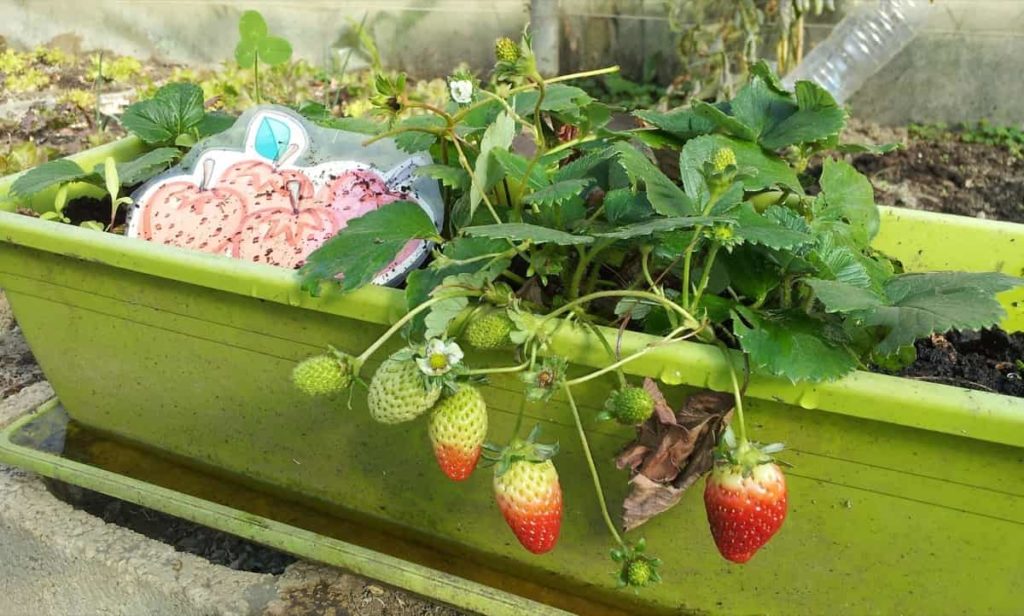
Prepare your terrace for terrace gardening
Waterproof your terrace
To stop any leaks from occurring, the first and most crucial thing you need to do is waterproof your terrace. It is essential that the terrace on which you want to grow your greens be waterproofed, resistant to freezing temperatures, and long-lasting. In particular, the regions where you will grow your greens and position the pots.
When it comes to waterproofing a rooftop, there are various approaches a person can take, such as placing plastic sheets or polymer coating, among other things. Root and rot-resistant waterproofing membrane should be installed on your terrace. You could even talk to an experienced person in the field to get their point of view.
Install a protection layer
The protection and insulating layer offer several advantages, including increased mechanical strength for your roofing, resistance to moisture, and temperature regulation, to name just a few. Depending on the application, the insulating layer is often constructed out of polyurethane foam, PIR panels or XPS extruded polystyrene boards.
Installing milled edge connectors and grooves in PIR panels is recommended for rooftop gardens because they enable rainfall to flow through drainage systems quickly. If you put in a layer of protection for your rooftop, you can rest easy knowing that your rooftop garden will have a long life and that none of your concerns will be affected.
Ensure better drainage
Removing the water that has been saturated as rapidly as possible is the goal of installing a drainage system. The surplus water that collects on the plant layer and the rooftop should be immediately removed by an effective drainage system and sent into the drainage system. The most popular types of drainage material include granular materials, lightweight plastic sheets, and polystyrene drainage modules. Porous mats that can soak up excess water are also included in this category.
Install a filtration layer
Installing the filter layer helps prevent the drainage system from becoming clogged and maintains a physical separation between the drainage layer and the plants. It maintains the drainage system’s functionality while preventing the buildup of tiny particles. In most situations, layers made of nonwoven material or geotextile are the best option.
Plan your terrace garden
Priority shifts to layout design when the abovementioned elements are completed: weight and waterproofing. As you start putting up your rooftop garden, this will maintain your rooftop neat and orderly. Each square of graphing paper should be pre-calculated in advance to ensure that the drawing is accurate. The sketch should be based on your measurement of the roof’s total dimensions.
Several adjustments can be made without requiring manual labor when the terrace garden design is drawn out on paper. Efforts should be put towards maximizing the use of the space that is available. In contrast to a balcony garden, there is far more room available, but it is not laid out in the same way as a traditional garden. Note the places reserved for large plants, tiny plants, creepers, flower beds, the grass, and so on. Make as many document changes as necessary to meet your requirements.
In case you missed it: Best Season to Grow Cucumber at Home in India: In Pots, Terrace, Apartment Balcony, and Backyards
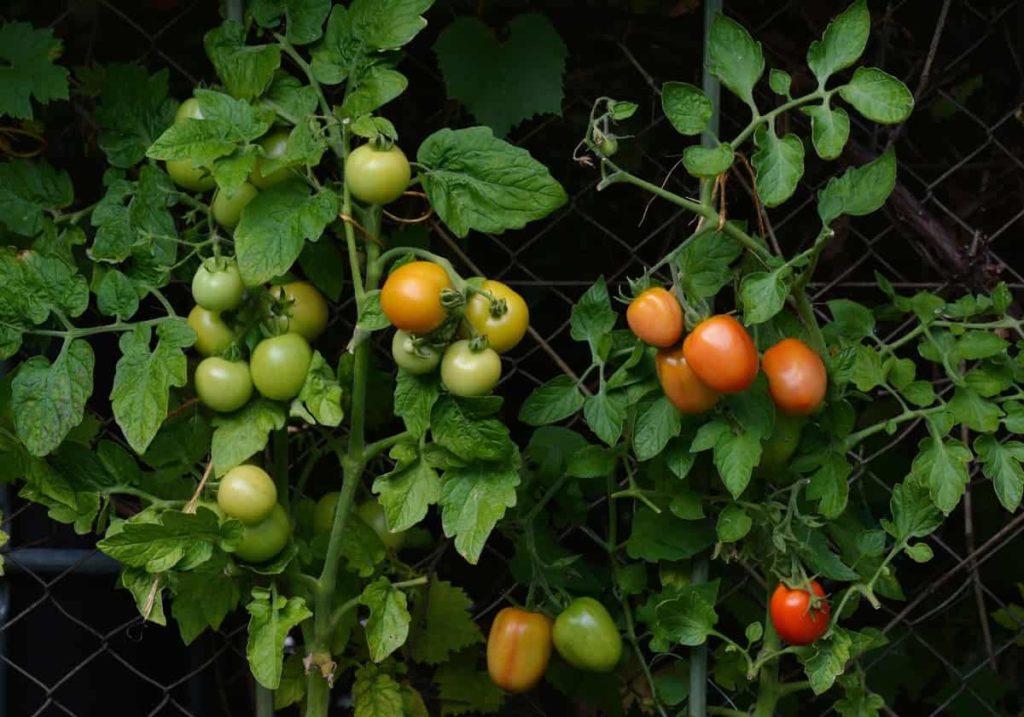
Take note, as well, of the regions that get the most and the least sunshine. You could want to cover your terrace with bamboo if you find that the sunshine is too intense. After it is finished, you will have a general idea of the amount of money that will be invested, the number of plant containers that will be required, how effectively space will be used, etc. Take care to organize the area on the terrace so that there is enough for one hammock in addition to all the plants.
Select the plants for your terrace garden
Stronger plants will be better able to withstand the possibly harsh wind and sunshine and more suitable for rooftop gardening. Seedlings that possess these characteristics will have a greater chance of surviving the first year. To add more delicate plants, you should ensure enough shade and wind protection. Plants that are natural to the climate of Mumbai can attract creatures, such as birds and butterflies, into your garden. They will also adjust to your garden environment more readily than plants that are not native to it.
Your plants will have a far better chance of surviving even if intense heat or wind strikes them. Put out bird or butterfly feeders as yard decorations to encourage the presence of additional wildlife. To choose your possibilities, you can inquire at the local nursery about the kinds of plants indigenous to the region. Large plants can cause your terrace to get weighed down and leave less area for other types of decor.
When enclosed in sturdy containers and shielded from the wind by windbreaks, decorative trees and shrubs of a smaller size perform exceptionally well in terrace gardens. Plant up to two to four bushes or trees to maximize area efficiency. On terrace gardens, the strong winds tend to tear the leaves of plants with broad, flexible leaves. They’re also more prone to winter burns during colder months. Pines and other plants with smaller leaves do especially well when grown on roofs.
Get the containers for your terrace
The right container can be a plant’s best friend. Almost everything can be successfully grown in a container or pot. You name anything; you can probably grow it. Larger pots give greater drainage and more area for plant growth. There are several varieties of pots available on the Indian market today, including cement pots, clay pots, earthen pots, and pots with particularly designed interiors.
One of them is garden boxes, also known as raised beds, which are a fantastic choice for cultivating plants and flowers. These raised beds not only have excellent drainage, which helps prevent soil erosion and compaction, but they also prevent slugs and snails from entering the plant soil. In addition to that, compared to pots, the length of these beds is rather large. Crawlers and vines make great use of troughs and trellises as support structures. Planting ornamental blooming plants in pots hung from the ceiling may make a yard more attractive.
Tomatoes and salad greens are two examples of plants that might thrive in an ultraviolet (UV) grow bag. Other accessible containers include crates, plastic bottles, and old cardboard boxes. However, plastic is characteristic of fracturing or cracking after being exposed to sunlight for an extended period. If you use such discarded objects, puncture a tiny hole in the base of the container so that the extra water may drain out.
Your most significant investment will be in high-quality soil for your plants. It is not recommended to use regular gardening soil for this project. When growing your vegetables, purchase a high-grade potting mix or create your own by combining equal parts garden soil, asbestos-free vermiculite, and compost in a ratio of one-third to one-third. Soil considerations are below.
The soil needed for terrace gardening
Regular soil, vermicomposting, and sand are all equally proportioned in an ideal soil mix. The kinds of plants present to influence the soil. Put the needed amount of soil mixture into each pot, considering the types of plants you want to grow. You can get this pre-mix from any nurseries; nevertheless, their prices are somewhat low. Rather than doing that, you should buy all the components individually and combine them.
The plant will develop healthily and robustly if the soil is adequately supplied. Remember that once it rains, most of the nutrients will be carried away since this is an essential fact to keep in mind. Replacing these nutrients is necessary. Never choose to go with soil that has been treated with chemicals. It not only eradicates potentially hazardous bacteria and worms but also eliminates potentially beneficial germs and worms.
Maintain distance between plants
This gardening advice applies to numerous sorts of farming and gardening, not only terrace gardening. It is important to avoid planting the seeds too near to one another. As a result of the competition for sunshine, water, and several other nutrients, they could not reach maturity at the same pace.
Water your terrace garden
Following the selection of the pots and containers, as well as the preparation of the soil medium, the next step is to look for a water source close to the garden area. Taking jugs from the ground level to the terrace is challenging to water the plants. It would be ideal if you had a tap or some way of pumping adequate water to the patio, but if you didn’t, you could still use a watering can. Choose to water at ground level instead. It is essential to refrain from watering the foliage since doing so might foster the development of diseases.
In case you missed it: Best Season to Grow Bell Pepper/Capsicum at Home in India: in Pots, Terrace, Apartment Balcony, and Backyards
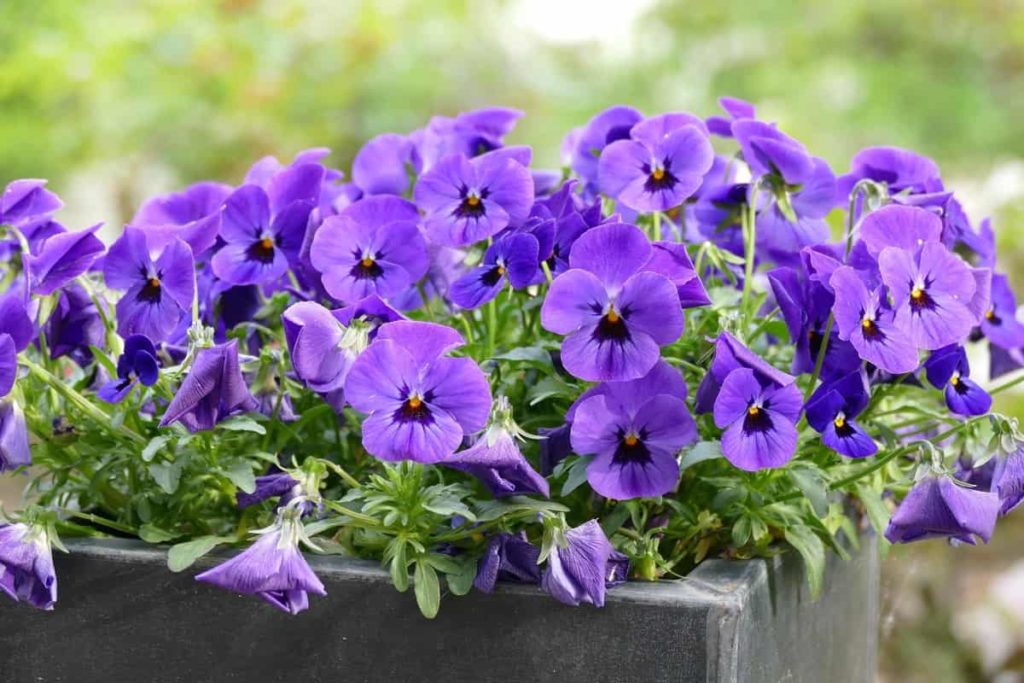
If your balcony faces south or is exposed to wind, you might consider using containers that water themselves. You should include granules that hold water into the soil of your potted plants. They take in water and then gradually let it out again. This reduces how often you need to water the plant. Mulch your terrace garden. It helps prevent the loss of moisture. This is a fast and simple process in a tiny garden, such as on a balcony or patio.
Spread the mulch out on the top of the soil. Bark, leaves, and wood chips are all viable options. Use gravel and pebbles to your advantage to add a decorative aspect. Do not water the plants more than necessary. Determine the amount of moisture in the soil just below the surface. You should only water the soil if you discover it is dry or mostly dry after probing it with your finger for two inches to test whether it is wet or dry. Be very careful about getting wet during the rainy season if your balcony or patio does not have a cover over it.
You should water your plants before sunrise to maximize efficiency. When you water young plants or plants that have just been transplanted, do it often but in only modest amounts. Young plants are more vulnerable to damage from dry spells. As the plants grow and get established, increase the frequency of watering. If you were previously watering daily, try watering every other day. Additionally, increase the quantity of water, and be sure you drink enough. This stops the roots from growing to a deeper depth.
Pest and disease management for your terrace garden
These are some easy methods that can be carried out during visits to your garden, but they do need attentive observation on your part. You can consider yourself to have completed the first stage of gardening if the beginning materials, like seeds and saplings, are free of infection from pests and diseases. Remember that plants that adapt to their environment are less likely to get ill from the disease. Weeds should be regularly removed from your garden since they attract more pests and diseases.
Ensure that there is crop rotation to maintain a low population of pests. Use farmyard manure and compost that has undergone significant decomposition since this promotes many soil-borne grubs and pathogens in the soil. Ensure that the soil in your garden always has the ideal amount of moisture. Maintain the correct distance between each plant. By exposing the soil to sun rays throughout the summer, also known as soil sterilization, you can prevent diseases transmitted via the soil, such as fungal, bacterial, or viral infections.
Pests such as caterpillars, borers, eggs, larvae, slugs, snails, and the like are eliminated by hand. Trim or remove the plant’s affected branches, shoots, leaves, or flowers when necessary. Eliminate the afflicted plants to stop the disease from spreading to other plants. Removing old and basal leaves is important because they attract more pests and diseases. Take off the leaves of the cotyledon. Apply a water spray under pressure to the plant to kill sucking insects without harming the plant.
Aphids, whiteflies, and other tiny flying insects will be drawn to sticky yellow paper traps placed about the garden. We have two more concerns to bring to your attention. The first problem is that ants may get in via the many tiny holes in the terrace, which can cause the structure to become more fragile. It is essential to take measures and spray the roof with an ant deterrent as soon as you see ants.
Decorate your terrace garden
The practice of terrace gardening can be considered an extension of home design. It enhances the aesthetic appeal of the residence as well as the patio. Because of this, our next piece of advice for home gardening is to add some outdoor furniture and some aesthetically pleasing lighting. You need to have the ability to spend time on your terrace if you make an effort to grow a lovely garden there.
Best vegetables for Mumbai terraces
Tomatoes, potatoes, radish, carrots, cucumbers, bottle gourd, bitter gourd, spinach, zucchini, okra, eggplants, and other vegetables can be grown on the terraces of Mumbai.
In case you missed it: Gardening Basics for Beginners: For Pots, Terrace, Balcony, and Backyard
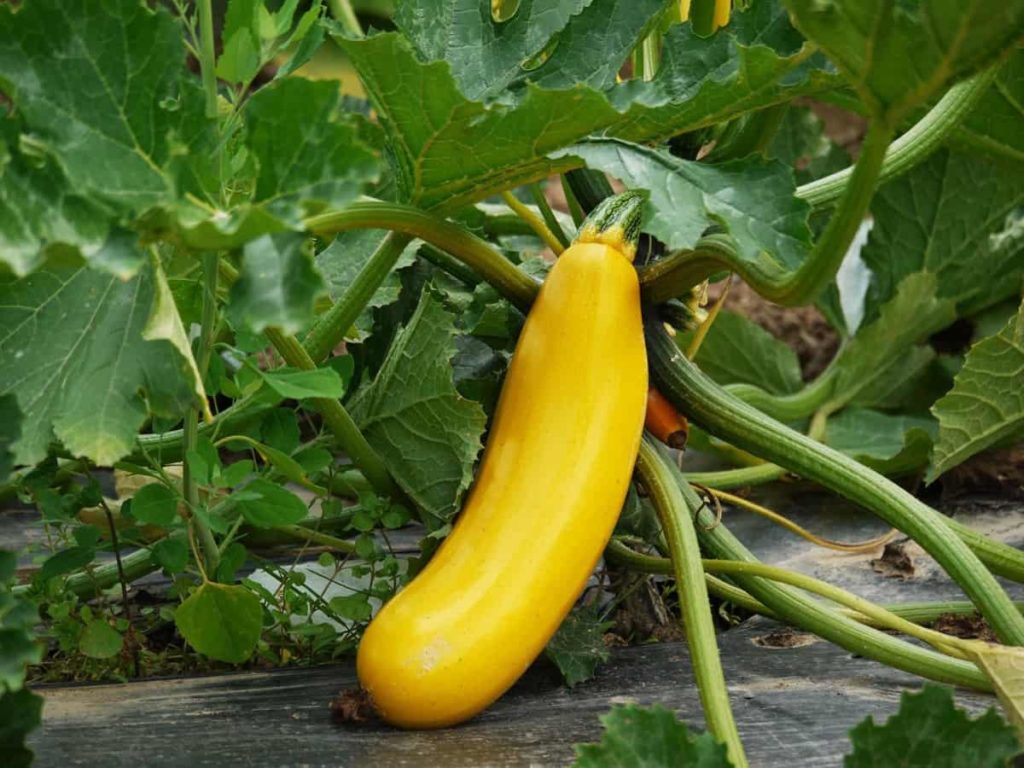
Best fruits for Mumbai terraces
Pineapples, lemons, papayas, jackfruit, pomegranate, gooseberries, and other fruits can be grown on the terraces of Mumbai.
Best flowers for Mumbai terraces
Marigolds, rose, chrysanthemums, jasmines, gerbera, aster, tuberose, and other flowers can b grown easily in the backyards of Mumbai.
Best herbs for Mumbai terraces
Parsley, oregano, basil, coriander, mint, and other herbs can be grown easily on the terraces of Mumbai.
Conclusion
As you will need frequent trips to the rooftop, growing on your home terrace is a little more complex than traditional gardening. Consider it the most enjoyable of all the many types of physical exercise. After all, considering that you will have your terrace garden, it is a rather small cost to incur.
- Broccoli Seed Germination and Selection
- Asparagus Seed Germination and Variety Selection
- Seasonal Flower Gardening: Best Practices for Spring, Summer, Fall, and Winter
- How to Grow Hibiscus from Flower
- Plantation Ideas for Home Decoration: A Beginners Guide
- Flower Garden Designs and Layouts for Beginners
- Planting and Spacing Techniques in Papaya: A Beginner’s Guide
- Growing Gold: Essential Techniques for Planting Pineapples
- How to Make Kalanchoe Plant Bushy: Home Remedies and Solutions
- 11 Reasons Why Your Gardenia is Not Blooming: Home Remedies and Solutions
- Eco Elegance: The Guide to Designing a Drought-Tolerant Landscape
- Gardening on a Slope: Strategies for Hillside Landscaping
- Nourish and Flourish: Top Organic Mulches for Thriving House Plants
- Everything You Want to Know about Indian Mogra Flower: Discover Uses and Growing
- Green Thumb Success: Expert Tips for Cultivating Greenhouse Pumpkins All Year Round
- Maximize Growth & Flavor: The Ultimate Guide to Companion Planting in Herb Gardens
- How to Control Rhododendron Problems Naturally: Home Remedies and Organic Ways to Fix Them
- Natural Magic: The Remarkable Benefits of Cinnamon for Plants
- Best Steps to Revive Dying Tulip with Natural and Organic Treatment
- 10 Reasons Why Your Angel Trumpet is Not Blooming: Remedies and Treatment
- How to Fix Periwinkle Leaf and Flower-Related Problems: Natural Remedies and Solutions
- How to Fix Zinnias Leaf and Flower Problems: Discover Natural and Home Remedies
- Organic Steps to Induce Lemon Tree Flowers: A Comprehensive Guide
- Bloom Booster: Crafting the Perfect Homemade Bougainvillea Fertilizer
- Optimizing Growth: A Guide to Applying NPK Fertilizer for Potted Plants
- 10 Best Homemade Fertilizers for Rubber Plant: DIY Recipes and Application Method
- How to Boost Female Pumpkin Flowers: Effective Steps for More Flowers and High Yields
- Transform Your Indoor Garden: Top Benefits of Pink Salt for Houseplants
- 10 Best Homemade Fertilizers for Peacock Plants (Calathea): Easy DIY Guide
- Unlock Blooms: 9 Reasons Why Your Potted Chrysanthemum is Not Blooming
- 8 Reasons Why Your Potted Hibiscus is Not Blooming: Fix it with Simple Solutions
- Unlock Blooms: 9 Key Reasons Your Potted Frangipani Won’t Flower
- 10 Reasons Why Is My Ice Plant Not Blooming: Remedies and Treatment
- 10 Reasons Why My Potted Hydrangea Not Blooming: Treatment and Remedies
- 10 Reasons Why is My Wisteria Not Blooming: Remedies and Treatment
- 10 Reasons Why is My Goldfish Plant Not Blooming: Remedies and Treatment